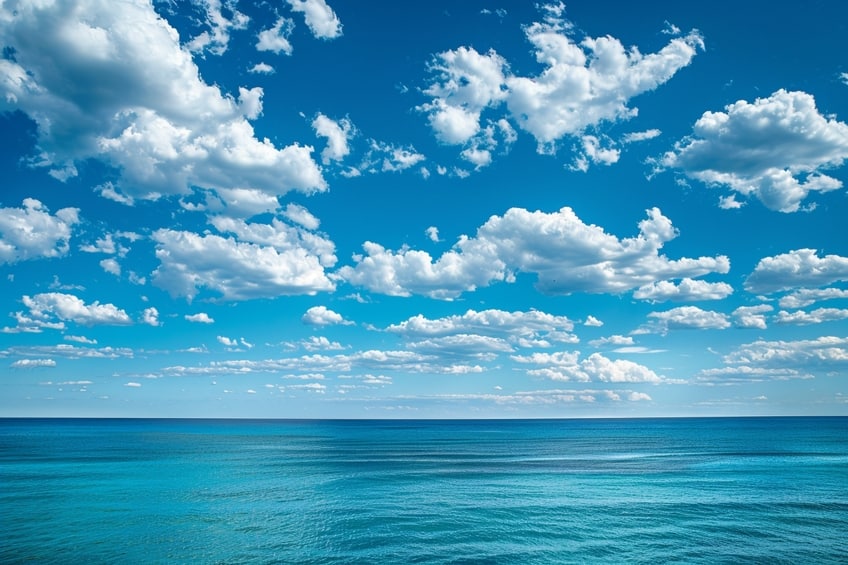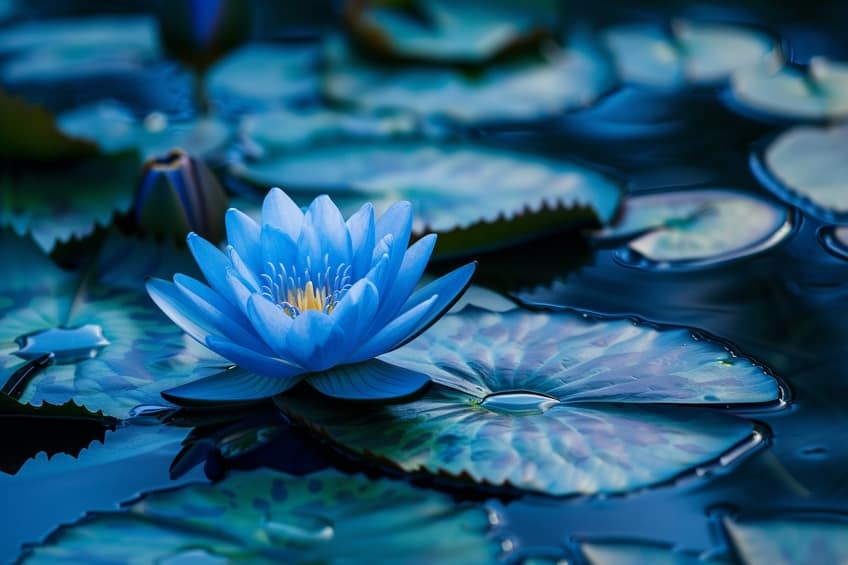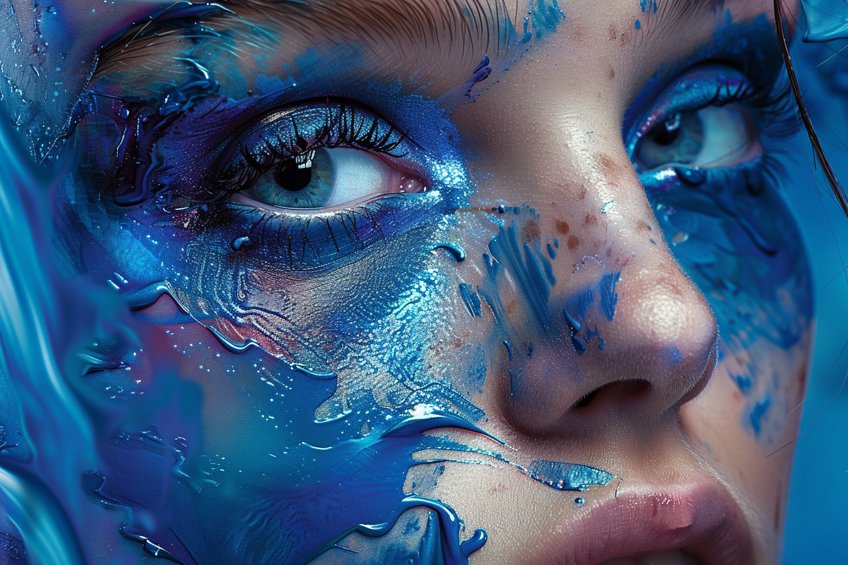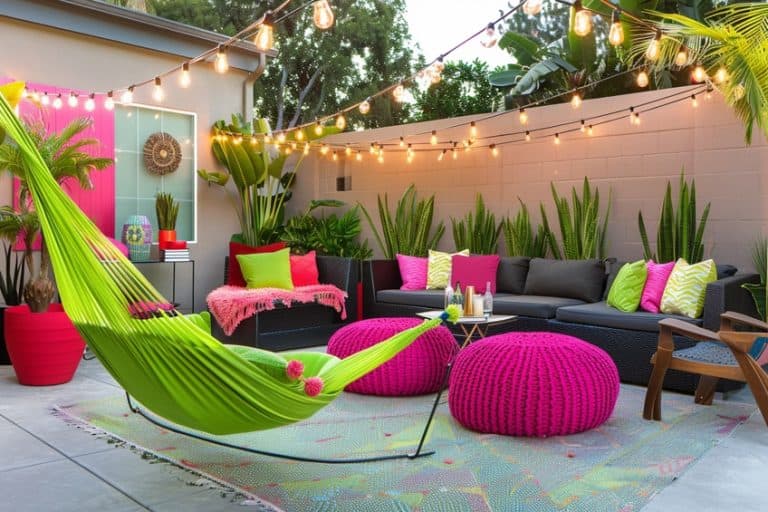Most Common Color in the World – Exploring a Global Palette
Welcome to the colorful realm where hues dance, emotions speak, and perceptions intertwine! In this journey, we explore the enchanting world of colors, where each shade tells a story and every hue whispers its own secrets. Join us as we embark on a quest to uncover the most ubiquitous, the most beloved, and perhaps the most underestimated color in the world. Prepare to be amazed as we unravel the mysteries behind the most common color in the world!
Table of Contents
Key Takeaways
- Blue is considered the most popular color globally based on various surveys.
- Green dominates the color landscape of nature, symbolizing vitality and health.
- Brown eyes are the most common eye color worldwide, with green eyes being the rarest.

The Most Common Color in the World
| Shade | Hex Code | CMYK Color Code (%) | RGB Color Code | Color |
| Sky Blue | #87CEEB | 25, 0, 0, 11 | 135, 206, 235 | |
| Royal Blue | #4169E1 | 100, 72, 0, 11 | 65, 105, 225 | |
| Navy Blue | #000080 | 100, 100, 0, 50 | 0, 0, 128 | |
| Baby Blue | #89CFF0 | 27, 1, 0, 0 | 137, 207, 240 | |
| Teal Blue | #008080 | 100, 0, 33, 50 | 0, 128, 128 | |
| Cerulean Blue | #007BA7 | 100, 25, 0, 34 | 0, 123, 167 |
Determining the single most common color in the world is subjective and depends on various factors such as cultural preferences, geographical locations, and individual perceptions. The predominant color around the globe is blue. It’s not only a favorite among people but also ubiquitous in nature and culture. Colors have a profound impact on cultural expression, design, and personal preferences around the globe. Historically, the most popular color has been a topic of interest for researchers, artists, and marketers alike.
Studies, such as the one conducted by YouGov in 2015, have shown that blue often tops the charts as the most beloved color internationally.
Yet, this preference is not a constant and can vary based on a plethora of factors, including cultural influences, trends, and individual psychological associations with color. In nature, green stands out as a predominant color, weaving its way into our everyday visual experiences. It is emblematic of life, growth, and renewal, present in the vast expanses of forests and fields. When considering the human aspect, eye color distribution also tells a story of commonality and rarity. Brown eyes are the most widespread, with more than half of the world’s population possessing this eye color, while green eyes make up a mere 2% of the global population.
Where Can Blue Be Seen?
Blue is a color that one encounters frequently in daily life. It is the color of the sky and the ocean, making it an inextricable part of the natural world’s palette. Companies often use blue in their brand logos, tapping into its widespread appeal and associations with trust and stability. In art, literature, and design, blue carries various meanings and is employed for different effects, reflecting its versatility.

Significance of Blue
The color blue carries a remarkable breadth of symbolism. It is often associated with serenity and calmness but can also represent strength and reliability. Surveys, such as one conducted by YouGov in 2015, have repeatedly identified blue as the most popular color, indicating its positive connotations for many individuals around the world.
Blue’s significance extends into cultural expressions where it frequently symbolizes depth and stability.
Implications of This Color
The dominance of blue has various implications. In marketing, blue is believed to convey a message of credibility and professionalism, leading brands to select it to cultivate trust. The preference for blue in various domains, such as automotive paint choices where it ranks 6th, underlines its wide acceptance. Its prevalence suggests that blue will continue to be a central, influential color in design, culture, and commerce.

Prevalence of Colors in Nature
In exploring the most prevalent colors in nature, it becomes evident that various factors, including pigmentation and environmental influence, play significant roles. This section addresses the dominant colors found in natural environments, the reasons behind the myriad of colors in animal coloration, and how the perception and influence of color impact both natural entities and human activities.
Dominant Colors in Natural Environments
Nature’s palette is rich with a wide array of colors, but certain hues are more prominent. The green coloration in plants and algae is attributed primarily to chlorophyll, which is essential for photosynthesis. On the other hand, the blue of the sky and water illustrates how scattering of light can influence color perception in nature. Brown and black are common in soil and rocks due to organic matter and mineral content. Whereas, white often manifests in the form of snow and clouds as a result of light reflection and absorption properties.

Variations in Animal Coloration
Animals exhibit a spectrum of colors, often playing crucial roles in survival through camouflage, mating displays, and warning signals. Pigmentation genes, like those determining melanin levels, are critical in developing color variations. These pigmentation genes can undergo mutations leading to diverse colorations. For example:
- Birds: Variants in feather colors can be due to genetic mutations affecting melanin distribution.
- Reptiles: A mutation might result in vivid yellow or red scales.
Determining factors like genetics, habitat, and diet also contribute to an animal’s coloration, with certain colors being advantageous for survival in specific environments.
Color Perception and Influence
Color perception is deeply rooted in both biological and cultural aspects. Humans perceive colors via light-sensitive cells in our eyes called cones. There are three types of cones sensitive to different wavelengths associated with red, green, and blue. Cultural associations can imbue colors with meaning, influencing everything from color preference and trends in the arts to the selection of colors for cars and clothing.
- Red often represents excitement or anger across many cultures.
- Blue is a preferred color worldwide, impacting design choices in a multitude of fields.
- The color teal has come to be associated with tranquility and has seen use in various events and products.
Human activities, including photography and art, are intricately linked with the natural spectrum, reflecting societal preferences and the beauty of the world’s colors.

Blue in the World Around Us
Blue, with its serene allure and boundless depth, emerges as a frontrunner in the colorful tapestry of our world. Widely acclaimed for its prevalence, blue manifests in numerous natural phenomena, captivating hearts and minds across cultures and landscapes alike. From the cerulean expanse of the sky to the tranquil depths of the ocean, blue asserts its dominance with grace and majesty. In the realm of nature, blue finds its essence woven intricately into the fabric of existence. The vast azure sky, stretching endlessly above, bathes the world in its calming embrace. Whether it’s the crisp, clear blue of a sunny day or the deep, velvety hue of twilight, the sky offers a canvas where shades of blue dance with the passing clouds, painting ever-changing masterpieces.
Moreover, the ocean, with its enigmatic depths and timeless allure, stands as a testament to the omnipresence of blue.
From the shimmering turquoise waters of tropical paradises to the dark, mysterious blues of the open sea, oceans hold a kaleidoscope of blue shades within their depths. It’s a symphony of color that whispers tales of adventure and mystery, beckoning explorers and dreamers to its watery embrace. Beyond the celestial and aquatic realms, blue manifests in myriad forms throughout nature.

From the delicate petals of forget-me-nots to the regal plumage of peacocks, from the icy glaciers to the vibrant wings of butterflies, blue weaves its enchanting spell across landscapes and species, leaving an indelible mark on the natural world. In essence, blue transcends boundaries, evoking a sense of wonder and tranquility wherever it graces our world. Its prevalence in nature serves as a reminder of the beauty and diversity that surrounds us, inviting us to immerse ourselves in the timeless embrace of the world’s most common color.
As we conclude our colorful expedition into the realm of the most common color in the world, we’re reminded that amidst the vast spectrum of hues, one color stands as a silent champion, weaving its way into the tapestry of our lives. From the serene skies above to the vibrant landscapes below, this ubiquitous color holds a special place in our hearts and minds. Let us embrace its simplicity, celebrate its ubiquity, and marvel at its enduring presence in our world. As we bid adieu to our journey, may we continue to explore, appreciate, and cherish the kaleidoscope of colors that paint the canvas of our existence. Remember, in a world so diverse, sometimes the most common color holds the most extraordinary charm.
Frequently Asked Questions
What Is the Most Prevalent Color Found in Natural Environments?
The most prevalent color in natural environments is green. This is largely due to the abundance of chlorophyll in the vegetation that covers extensive areas of the Earth’s surface.
Which Color Is Considered the Number One Choice Globally?
Internationally, blue emerges as the most popular color. Its high favorability spans across different cultures and demographics, signifying a wide appeal.
What Are the Top-Rated Colors As of Recent Years?
In the recent years, gray-green and earth tones have seen a surge in popularity. These colors, along with citron and warm neutrals, are often sought after in realms of design and fashion for their versatility and association with balance and stability.
In 2005, Charlene completed her Wellness Diplomas in Therapeutic Aromatherapy and Reflexology from the International School of Reflexology and Meridian Therapy. She worked for a company offering corporate wellness programs for a couple of years, before opening up her own therapy practice. It was in 2015 that a friend, who was a digital marketer, asked her to join her company as a content creator, and this is where she found her excitement for writing.
Since joining the content writing world, she has gained a lot of experience over the years writing on a diverse selection of topics, from beauty, health, wellness, travel, and more. Due to various circumstances, she had to close her therapy practice and is now a full-time freelance writer. Being a creative person, she could not pass up the opportunity to contribute to the Art in Context team, where is was in her element, writing about a variety of art and craft topics. Contributing articles for over three years now, her knowledge in this area has grown, and she has gotten to explore her creativity and improve her research and writing skills.
Charlene Lewis has been working for artincontext.org since the relaunch in 2020. She is an experienced writer and mainly focuses on the topics of color theory, painting and drawing.
Learn more about Charlene Lewis and the Art in Context Team.
Cite this Article
Charlene, Lewis, “Most Common Color in the World – Exploring a Global Palette.” Art in Context. March 13, 2024. URL: https://artincontext.org/most-common-color-in-the-world/
Lewis, C. (2024, 13 March). Most Common Color in the World – Exploring a Global Palette. Art in Context. https://artincontext.org/most-common-color-in-the-world/
Lewis, Charlene. “Most Common Color in the World – Exploring a Global Palette.” Art in Context, March 13, 2024. https://artincontext.org/most-common-color-in-the-world/.









